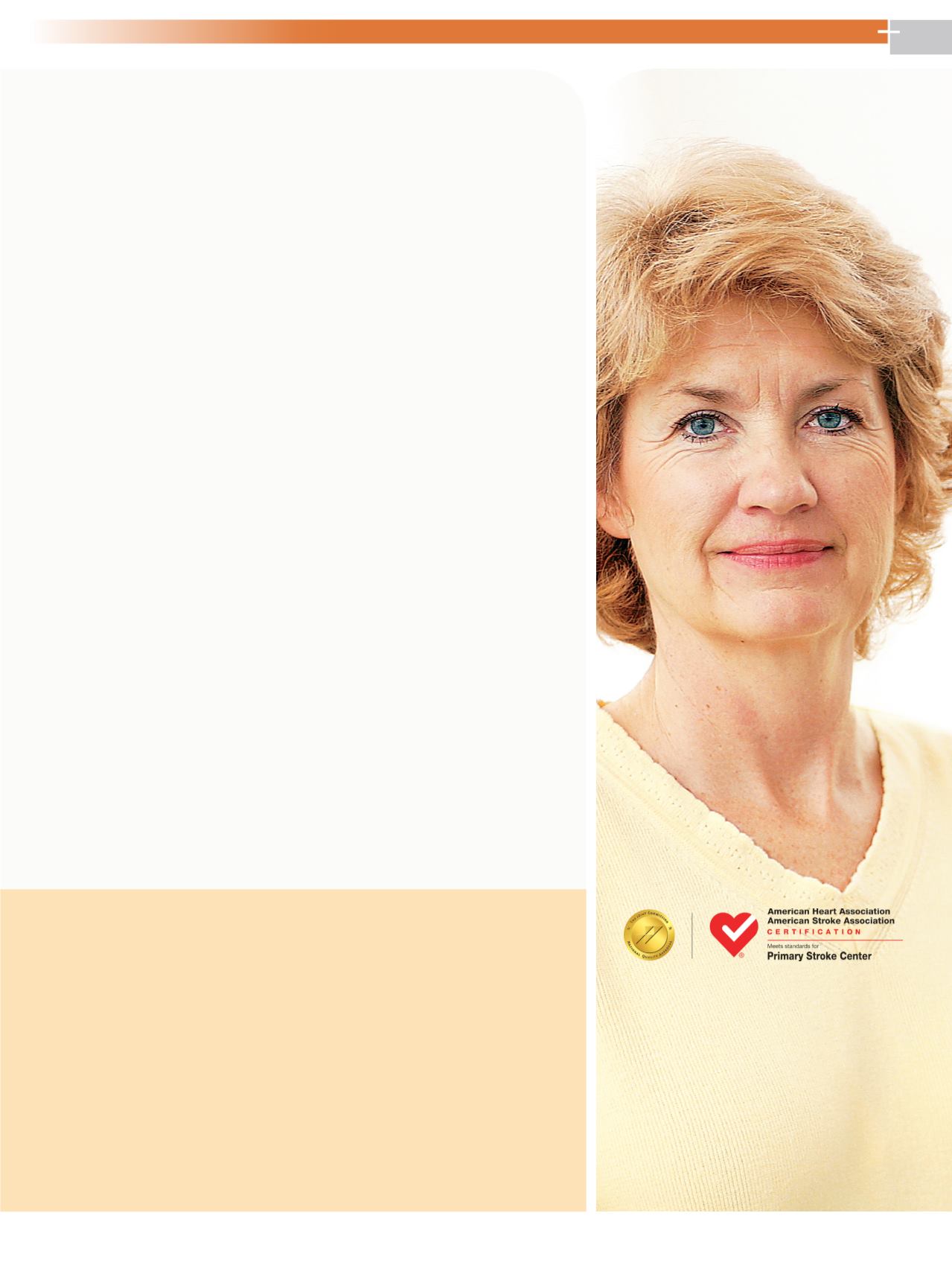
Women and stroke:
4 points to know
THESE FACTS
may surprise you: Each year, twice as many women
in the U.S. die from stroke as die from breast cancer. And women are more
likely than men to have a stroke—but are often unaware of their risk and
what they can do to reduce it.
Here are four things every woman should know about stroke:
1. Stroke is a brain attack.
Like a heart attack, a stroke happens when
the blood supply to the organ is cut off. Strokes are usually caused by a
clogged artery that blocks the delivery of blood and oxygen to the brain. A
stroke can cause brain cells to die, leading to brain damage or death.
2. Some risk factors are specific to women.
The most common
risk factors for stroke for both men and women are getting older; being
overweight; smoking; having a family history of stroke; not exercising; and
having high blood pressure, diabetes or high blood cholesterol.
But for women, the following can also increase stroke risk:
•
Having migraines with auras.
•
Using birth control pills or menopausal hormone therapy.
•
Being pregnant.
•
Having an autoimmune disease, such as lupus, or a blood-clotting
disorder.
•
Being postmenopausal, having a waist larger than 35 inches and having
a triglyceride level higher than 128 mg/dL of blood. Also, certain groups
of women, such as African American and Hispanic women, are at higher
risk of stroke than Caucasian women.
3. Up to 80 percent of strokes may be preventable.
You may be
able to reduce your risk of stroke with a healthy lifestyle. That includes
controlling your blood pressure and cholesterol levels, being at a healthy
weight, exercising, and not smoking.
4. A stroke is an emergency.
Call 911 right away if you or someone
else shows signs of a stroke.
Sources: American Stroke Association; National Stroke Association; Office on Women’s Health
Call
911
right away if
you or someone else
shows signs of a stroke.
As a certified stroke
center, Faith Regional’s
emergency department
is always prepared to
diagnose and treat stroke.
Is it a stroke?
How can you tell if it’s a stroke? One way is to know that symptoms start
suddenly—and you need to react just as fast. Call 911 right away if you or
someone nearby displays any of these signs:
•
Sudden numbness or weakness of the face, arm or leg.
•
Sudden confusion or trouble speaking or understanding.
•
Sudden trouble seeing in one or both eyes.
•
Sudden trouble walking or loss of balance or coordination.
•
Sudden severe headache with no known cause.
A clot-busting drug can often help people recover their abilities after a stroke.
But it must be given within three hours of the first symptom to work best. So
check the time and remember when symptoms began.
Sources: American Heart Association; National Heart, Lung, and Blood Institute.
5


